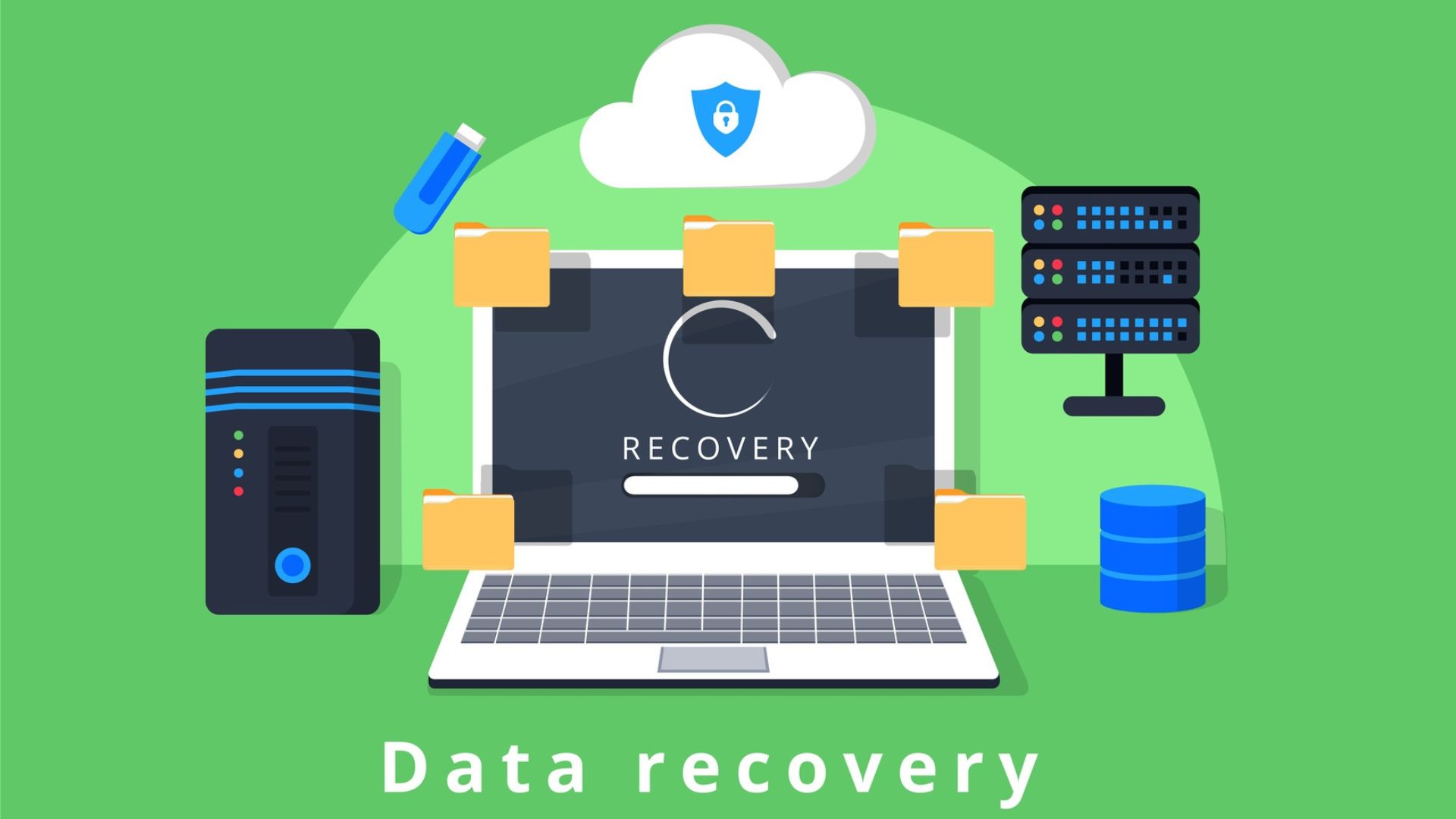Data is the lifeblood of both individuals and businesses. However, despite our best efforts to safeguard it, data loss can still occur unexpectedly. In this comprehensive guide, we’ll explore the common causes of data loss and provide practical solutions for data recovery.

Understanding Data Loss
Data loss can occur due to a variety of factors, ranging from human error to hardware malfunctions and cyberattacks.
Human Error
One of the most common causes of data loss is human error, such as accidentally deleting files, formatting storage devices, or mishandling data during transfer or storage.
Hardware Failure
Hardware failures, including hard drive crashes, SSD failures, and power surges, can lead to permanent information loss if not addressed promptly. Additionally, wear and tear over time can degrade the performance and reliability of storage devices, increasing the risk of failure.
Software Corruption
Corrupted software, operating system crashes, and firmware issues can result in information loss, especially if critical system files become inaccessible or if software updates or installations are interrupted. Additionally, software bugs, glitches, or compatibility issues can cause data corruption or loss when using certain applications or operating systems.
Virus and Malware Attacks
Viruses, malware, and ransomware attacks can compromise the security of your data, leading to the loss or encryption of files. Cybercriminals use various tactics to gain unauthorized access to systems and networks, infecting them with malicious software that can corrupt or delete files, steal sensitive information, or hold data for ransom.
Natural Disasters
Natural disasters like floods, fires, earthquakes, and hurricanes can physically damage hardware and storage devices, resulting in information loss. In addition to the immediate impact of these events, secondary damage from exposure to water, heat, or debris can render devices and data irrecoverable.
Data Loss Prevention and Recovery
To mitigate the risk of information loss, it’s essential to implement robust data backup and recovery strategies. Regularly backing up your data to multiple locations, such as external hard drives, cloud storage services, or network-attached storage (NAS) devices, can help ensure that you have copies of your important files in case of emergencies. Additionally, investing in reliable antivirus and antimalware software, keeping your operating system and applications up to date, and practising safe browsing habits can help protect your systems and data from cyber threats.
Recovering from Data Loss
While data loss can be a daunting experience, there are several steps you can take to recover your lost information.
Backup Your Data
Regularly backing up your data is the most effective way to prevent permanent loss. Use external hard drives, cloud storage services, or backup software to create redundant copies of your files.
Data Recovery Software
If you’ve experienced information loss, consider using data recovery software to retrieve deleted or lost files from your storage devices. These tools can scan your drive and recover inaccessible data.
Professional Data Recovery Services
For more severe cases of information loss, such as hardware failure or physical damage to storage devices, consider seeking assistance from professional information recovery services. These experts have specialized tools and expertise to recover data from damaged drives.
Preventive Measures
In addition to recovery solutions, it’s essential to implement preventive measures to minimize the risk of future information loss.
Regularly Update Software
Keep your operating system, antivirus software, and applications up to date to protect against security vulnerabilities and software corruption.
Train Employees
Educate employees about the importance of data security and provide training on best practices for handling sensitive information to reduce the risk of human error.
Implement Disaster Recovery Plans
Develop and implement disaster recovery plans that outline procedures for data backup, restoration, and recovery in the event of a data loss incident.
Conclusion
In conclusion, information loss can have serious consequences for individuals and businesses alike. By understanding the common causes of information loss and implementing effective recovery strategies, you can protect your valuable information and minimize the impact of potential incidents. Remember to back up your data regularly, use reliable recovery software when needed, and consider professional assistance for more complex cases. With proactive measures in place, you can safeguard your data and ensure its integrity for years to come.


